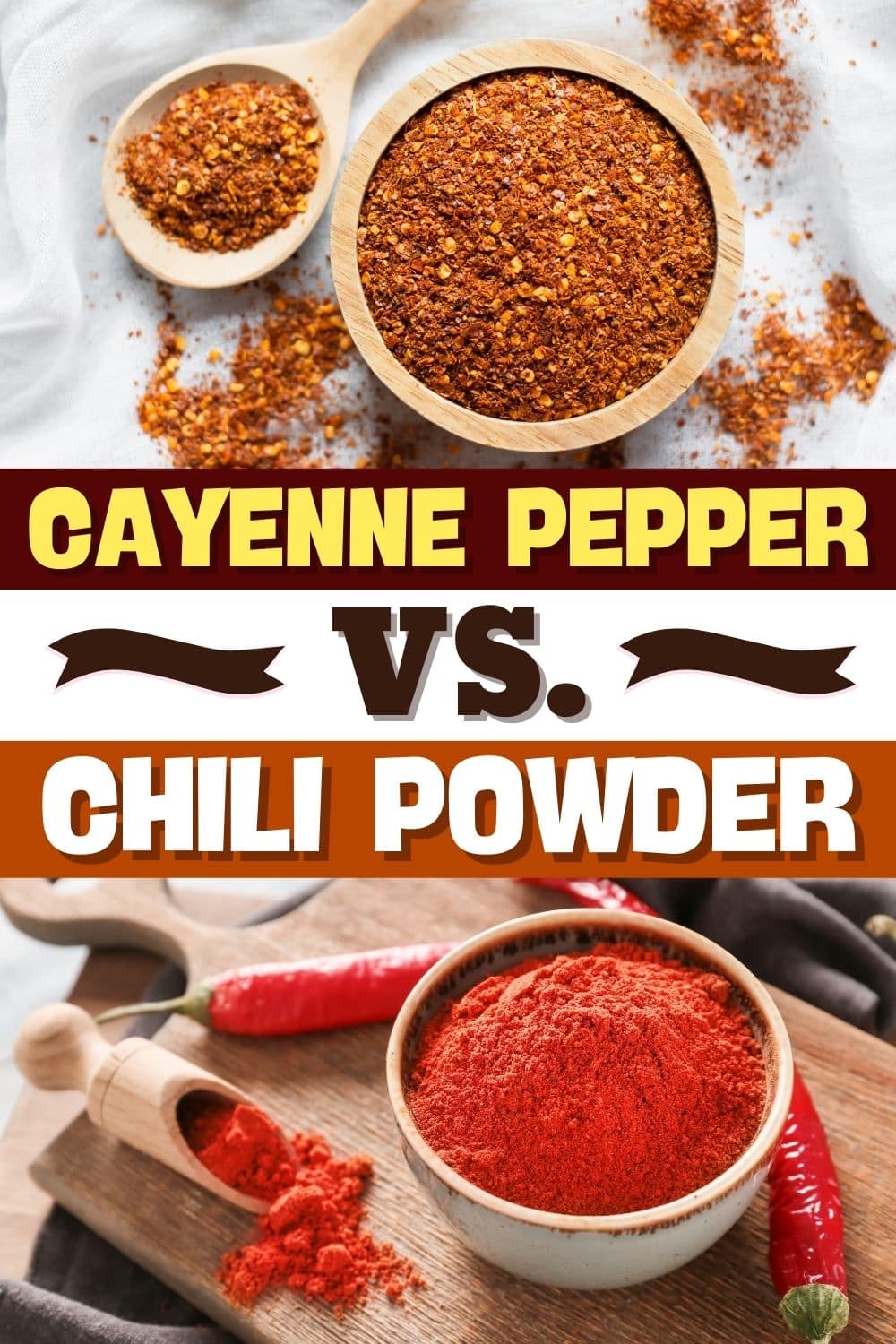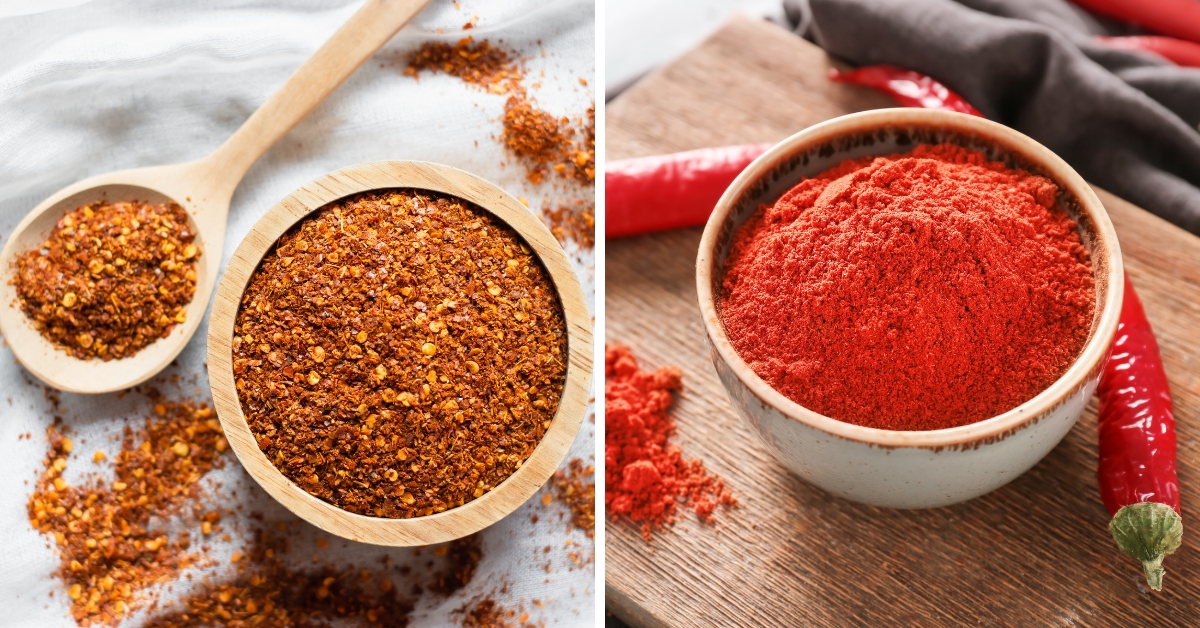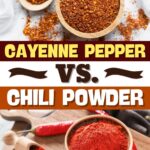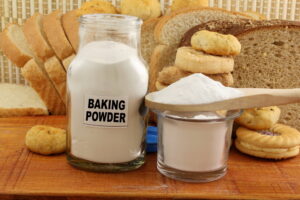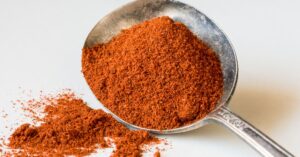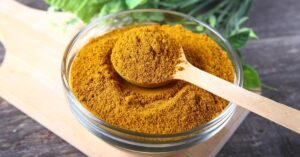Spicy food lovers, listen up! We have two contenders entering the ring: cayenne pepper vs. chili powder.
So, what’s the difference?
For avid cooks, choosing between cayenne pepper and chili powder can be daunting.

Thankfully, this isn’t a battle that must be waged alone.
The two spice blends differ significantly when it comes to taste.
Figuring out which one to reach for is just a matter of understanding how they work.
Both add an unmistakable kick of flavor to any dish.
But it’s important to know the key differences to be able to use them to their full potential.
What is Cayenne Pepper Powder?
Cayenne powder is a bright red spice made from the dried and ground pods of several varieties of red chili peppers.
Most notably, this includes capsicum annuum.
The active ingredient in cayenne pepper is a compound called capsaicin, which gives it a characteristic spicy flavor.
Cayenne pepper powder is an essential ingredient in many dishes around the world. Adding it to your favorite recipes will add not only spice but also nutrition.
Whether you sprinkle it on food or take it as a supplement, cayenne pepper powder offers numerous benefits for your health.
It has a number of unique properties that make it one of the most beneficial spices to use in cooking.
Capsaicin serves as an antioxidant that can reduce inflammation, improve digestion, and even boost metabolism.
In addition to these benefits, cayenne pepper powder also helps decrease the risk of cardiovascular disease by raising HDL cholesterol levels.
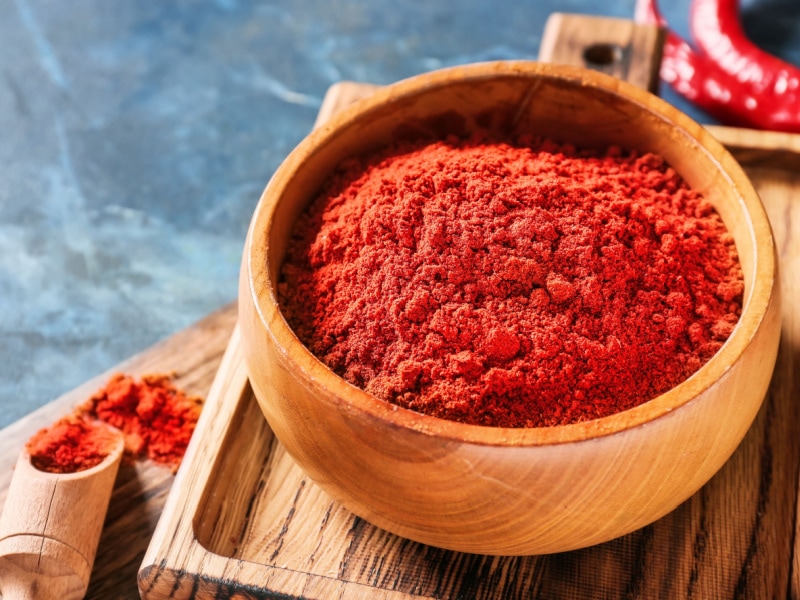
What is Chili Powder?
Chili powder is a popular spice blend made from ground chilis. It can be used to add flavor, color, and heat to dishes.
Depending on the variety of chili used and other ingredients in the mix, it can range from mild and smoky to hot and intense.
Chili powder is a key ingredient in many Mexican, Southwestern, Indian, Asian, and Tex-Mex dishes.
These include chili con carne, tacos, burritos, soups, and stews.
It adds a depth of flavor to steaks and burgers while giving them a fiery kick.
Common additional ingredients in chili powders include cumin, garlic powder, oregano, and salt.
Store-bought blends might also contain large amounts of sugar or added preservatives that can overwhelm the dish.
Making your own chili powder gives you more control over what goes into it.
It also allows you to adjust the heat levels according to taste.
Cayenne Pepper vs. Chili Powder
Cayenne pepper and chili powder are both spices commonly used in Latin American, Asian, Indian, African, and Middle Eastern cuisine.
While they share similarities in flavor profile and heat levels, they are not the same products.
The main difference between cayenne pepper and chili powder lies in their ingredients.
Cayenne pepper is made from a single type of dried red chili pepper ground into a fine powder.
It has no additional seasonings or ingredients added.
Chili powder, on the other hand, is a blend of several types of dried chilies.
It also contains other seasonings such as garlic powder, oregano, cumin, and paprika.
As a result of this seasoning blend, chili powder typically has more depth when it comes to flavor.
The heat levels of cayenne pepper and chili powder also differ.
Cayenne pepper is significantly hotter than chili powder, making it a better choice for dishes that require more heat.
However, the blend of spices in chili powder can add a unique flavor to dishes that cannot be replicated with cayenne pepper alone.
When cooking with either spice, it’s important to pay attention to the amounts used.
They can easily overpower other ingredients if too much is added.
Start small and taste as you go until you achieve the desired level of flavor and heat that you are looking for.
Experimentation is key when using cayenne pepper or chili powder.
These two spices have the potential to bring any dish to life!
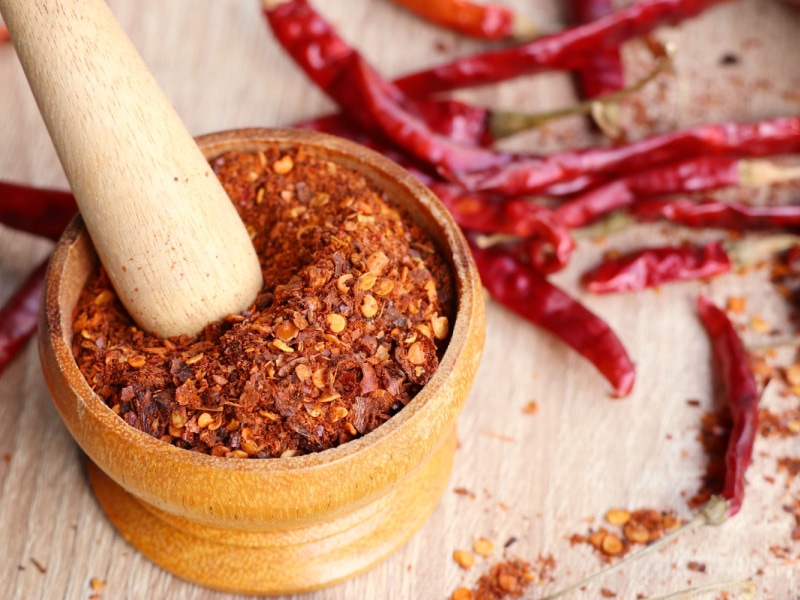
Can You Use Cayenne Pepper and Chili Powder Interchangeably?
You can use these two spices interchangeably.
But you should be careful with the amount when substituting to avoid overpowering the dish.
Cayenne pepper is a very hot and spicy red chili pepper that has been ground into a fine powder.
Chili powder, on the other hand, is a mixture of various spices, including cumin, oregano, garlic powder, and sometimes paprika or cayenne pepper.
While both are flavorful additions to Mexican dishes or spice rubs for meats, they have very different flavor profiles.
The heat level of chili powder is much milder than straight-up cayenne pepper thanks to the additional ingredients used in its blend.
Cayenne pepper should be used sparingly. It’s about 10 times hotter than jalapeños!
Too much cayenne pepper can result in an overwhelmingly hot and spicy dish.
So it’s important to use a light hand when adding cayenne pepper to recipes.
Chili powder is more versatile as its blend of spices has a more subtle flavor.
A little chili powder goes a long way in terms of adding flavor without being too intense or overpowering the other ingredients.
When substituting one for the other, be sure to adjust measurements accordingly.
For instance, use 1 teaspoon of chili powder for every ¼ teaspoon of cayenne pepper.
You want to into account the differences between these two popular spices.
That way, you’ll be able to successfully add the perfect amount of heat and flavor to your dishes!
